Product details
The Fingertip Pulse Oximeter measures your oxygen saturation level or the oxygen levels in your blood. It can rapidly detect even small changes in how efficiently oxygen is being carried to the extremities furthest from the heart, including the legs and the arms.
The pulse oximeter is a small, clip-like device that attaches to a body part, like toes or an earlobe. It’s most commonly put on a finger, and it’s often used in critical care settings like emergency rooms or hospitals. Some doctors, such as pulmonologists, may use it in the office.
Fingertip Pulse Oximeter Purpose and uses
The purpose of pulse oximetry is to check how well your heart is pumping oxygen through your body.
It may be used to monitor the health of individuals with any type of condition that can affect blood oxygen levels, especially while they’re in the hospital. These conditions include:
- chronic obstructive pulmonary disease (COPD)
- asthma
- pneumonia
- lung cancer
- anemia
- heart attack or heart failure
- congenital heart defects
There are a number of different common use cases for pulse oximetry, including:
- to assess how well a new lung medication is working
- to evaluate whether someone needs help breathing
- to evaluate how helpful a ventilator is
- to monitor oxygen levels during or after surgical procedures that require sedation
- to determine how effective supplemental oxygen therapy is, especially when treatment is new
- to assess someone’s ability to tolerate increased physical activity
- to evaluate whether someone momentarily stops breathing while sleeping — like in cases of sleep apnea — during a sleep study
The rationale of Using a Fingertip Pulse Oximeter
It is a well-known fact that Covid-19 can present as “happy hypoxia” with minimum symptoms of severe respiratory distress despite significant low oxygen levels in the blood. The use of a pulse oximeter for clinical assessment significantly augments decision-making, saves lives, and provides high-quality care. It allows for early detection of patients with hypoxia requiring either close monitoring in the community or timely referral for hospital care.
How to use a pulse oximeter
Follow these instructions to make sure the pulse oximeter gives an accurate reading:
- Remove any nail polish or false nails and warm the hand if cold.
- Ensure the patient has been resting for at least five minutes before taking the measurement.
- Rest the hand on the chest at heart level and hold still.
- Switch the pulse oximeter on and place it on the finger. It works best on the middle or index finger. It should not be used on the ear.
- The reading takes time to steady. Keep the pulse oximeter in place for at least a minute, or longer if the reading keeps changing.
- Record the highest result once the reading has not changed for five seconds.
- Be careful to identify which reading is the heart rate and which is the blood oxygen level
- Wash your hands carefully after the procedure, and if being used on different patients then ensure that it is cleaned after each usage.
Pulse oximetry readings
Pulse oximetry is typically a fairly accurate test. This is especially true when using high-quality equipment found in most medical offices or hospital settings. It consistently provides results within a 2-percent difference either way of what it truly is. If your reading was 82 percent, for example, your true oxygen saturation level may be anywhere from 80 to 84 percent. However, the quality of the waveform and assessment of the individual must be considered. Factors such as movement, temperature, or nail polish can impact accuracy.
Typically, more than 89 percent of your blood should be carrying oxygen. This is the oxygen saturation level needed to keep your cells — and your body — healthy. While having an oxygen saturation below this temporarily is not believed to cause damage, repeat or consistent instances of lowered oxygen saturation levels may be damaging.
An oxygen saturation level of 95 percent is considered normal for most healthy individuals. A level of 92 percent indicates potential hypoxemia or deficiency in oxygen reaching tissues in the body.
Package Contents
- 1 x Fingertip Pulse Oximeter
- 1 x English User Manual







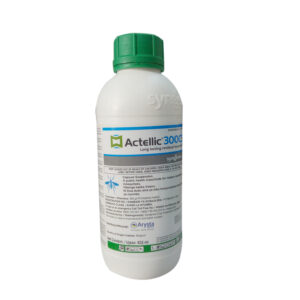

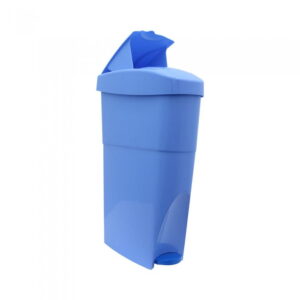
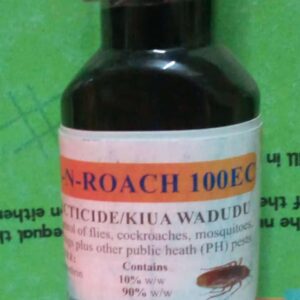
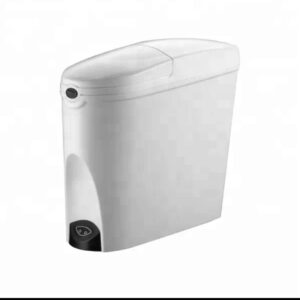
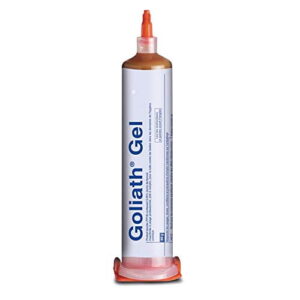
There are no reviews yet.